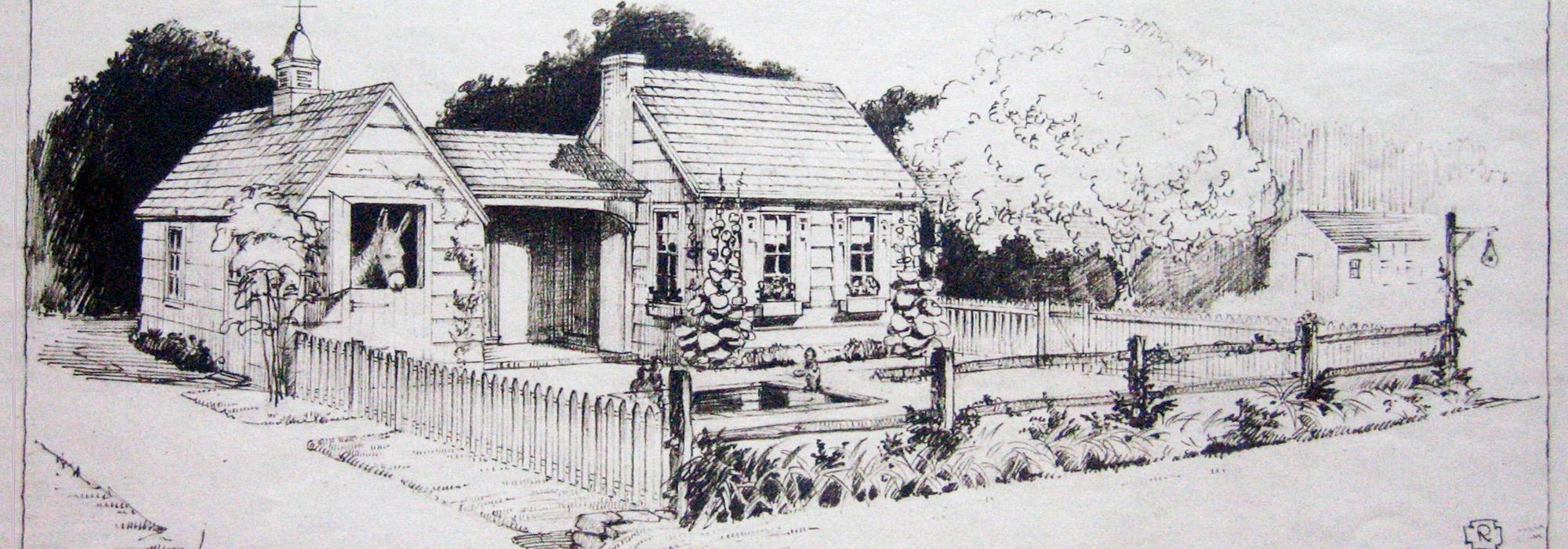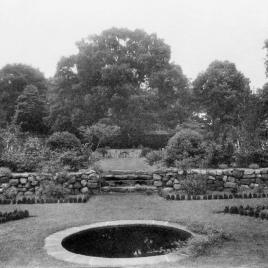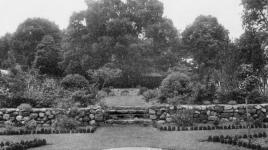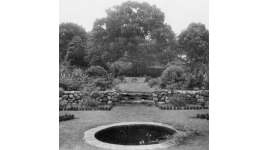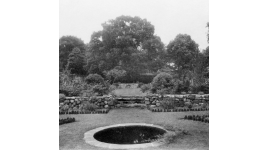Pioneer Information
Formally established by sisters Helen Page Wodell and Lois Cottrell in 1931, the firm’s initial work consisted of designing gardens for family and friends. While the majority of their work consisted of private residential commissions, during World War II they were hired to design plantings at Fort Dix in New Jersey and at Halloran General Hospital in Staten Island, New York. Residential commissions in Short Hills, New Jersey, include William K. Wallbridge, Dean Emery, Bancroft Gherardi, Ralph Rumery, Frederick B. Ryan, and Waldron Ward. In Summit, New Jersey, Wodell & Cottrell designed gardens for Ernest K. Halbach and Waldron Ward, as well as what is now the Reeves-Reed Arboretum. In addition to New Jersey, the sisters also created gardens in Pennsylvania, Connecticut, and New York, such as the garden for Mr. and Mrs. Frederick B. Ryan in East Hampton, New York. Their residential designs include both formal and informal components, hedges, fencing or stone walls utilized to create axial connections between the house and a series of garden rooms. The geometrically-shaped beds contain traditional cottage garden favorites such as roses, iris, and phlox. Their designs typically contained a pool or fountain and often included a central sundial or birdbath, features typical of early twentieth-century American Colonial gardens. Having a particular interest in practical garden architecture, the sisters’ extant plans include numerous gazebos, playhouses, tool sheds, and housing for domestic animals.
The sisters retired from active practice in 1949-1950, and Wodell’s daughter Lois Wodell Poinier, who had begun working with the firm in 1948, took the firm’s name and went on to design numerous gardens in New Jersey until she retired in 1983. Poinier’s daughter Helen Page Sanders became a landscape architect and practices in Palo Alto, California, making this a rare example of a garden-design professional practice established by women and continued for three generations.



